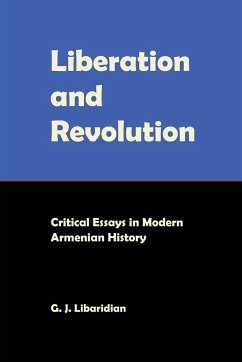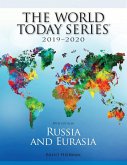This volume offers twelve essays on modern and contemporary Armenian history, on the problems of writing that history, and how it is used and abused. The essays were written over a span of 45 years, the first being a 1979 paper which has been reproduced without any changes. These have been selected on the basis of their relevance today, while leaving out many important pieces that have already been published or that could not be accommodated in this volume. Six of the essays appear here for the first time. While written at different times and on different occasions and can be read independently of each other, the collection can be seen as a whole considering the themes underlying the subjects covered. The main theme, as the title suggests, is the challenge of modernization of an ancient people, which involved both revolutionizing or creating new institutions and planning for the liberation of that people from oppressive regimes under which the two main segments of the Armenian people were living, but mainly those living in Ottoman Armenia. There were programs to turn the Armenian people into a modern nation. The experiment in Ottoman Armenia ended when Ottoman policy turned into the Genocide. Eastern Armenia, under Russian rule, ended up with the First Republic, which was transformed into a Second, Soviet Republic, and finally in 1991, into the Third Republic. A second theme is the exploration of a simple question, but one that is difficult to answer: How did change occur in Armenian society? To what extent there were internal motivations for change and in what ways change was provoked by external stimuli? The question of the mechanisms for change and struggles between old and new is a natural theme that underlies almost all the essays. Finally, the collection of essays suggests patterns of Armenian political thinking and behavior which belie our belief that Armenians learn from history, patterns that the author is still exploring and will share in subsequent publications. The last chapter is an attempt to understand the rather uncommon experience of the author who wrote history and then ended up being part of it, an attempt to explain the historian and the diplomat as a method to understand how history is written and lived. The 12 chapters in this volume offer one way of looking at history and ourselves. The value of history is its ability to explain as many of the significant changes as possible. The author hopes that the reader will benefit from the interpretation the volume offers.
Hinweis: Dieser Artikel kann nur an eine deutsche Lieferadresse ausgeliefert werden.
Hinweis: Dieser Artikel kann nur an eine deutsche Lieferadresse ausgeliefert werden.








